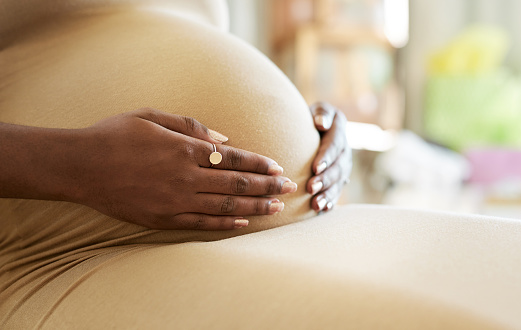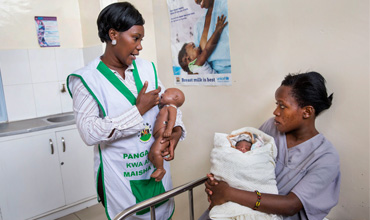When can I start exercising after birth?
If you had a straightforward birth, you can start gentle exercise as soon as you feel up to it. This could include walking, gentle stretches, pelvic floor and tummy exercises. It's usually a good idea to wait until after your 6-week postnatal check before you start any high-impact exercise, such as aerobics or running. If you exercised regularly before giving birth and you feel fit and well, you may be able to start earlier. Talk to your midwife, health visitor or GP. If you had a more complicated delivery or a caesarean, your recovery time will be longer. Talk to your midwife, health visitor or GP before starting anything strenuous.
What should I be aware of before exercising?
Your lower back and core abdominal muscles may be weaker than they used to be. Your ligaments and joints are also more supple and flexible for a few months after birth, so there's an increased risk of injury if you stretch or twist too much. Do not rely on your pre-pregnancy sports bra. Your back and cup size are likely to have changed, so get measured for a new one.
How do I know if I'm overdoing exercise after having a baby?
If your postnatal bleeding (lochia) gets heavier or changes colour (becomes pink or red) after activity, you could be overdoing it. You're also likely to feel very tired. Listen to your body. Pace yourself and make sure you get plenty of rest too.



